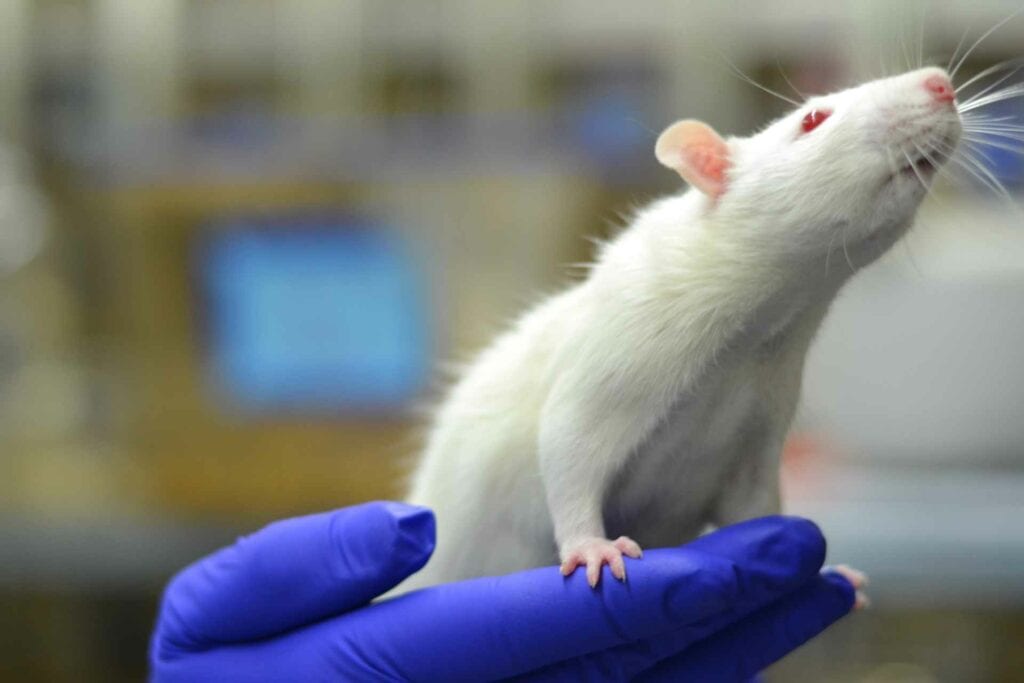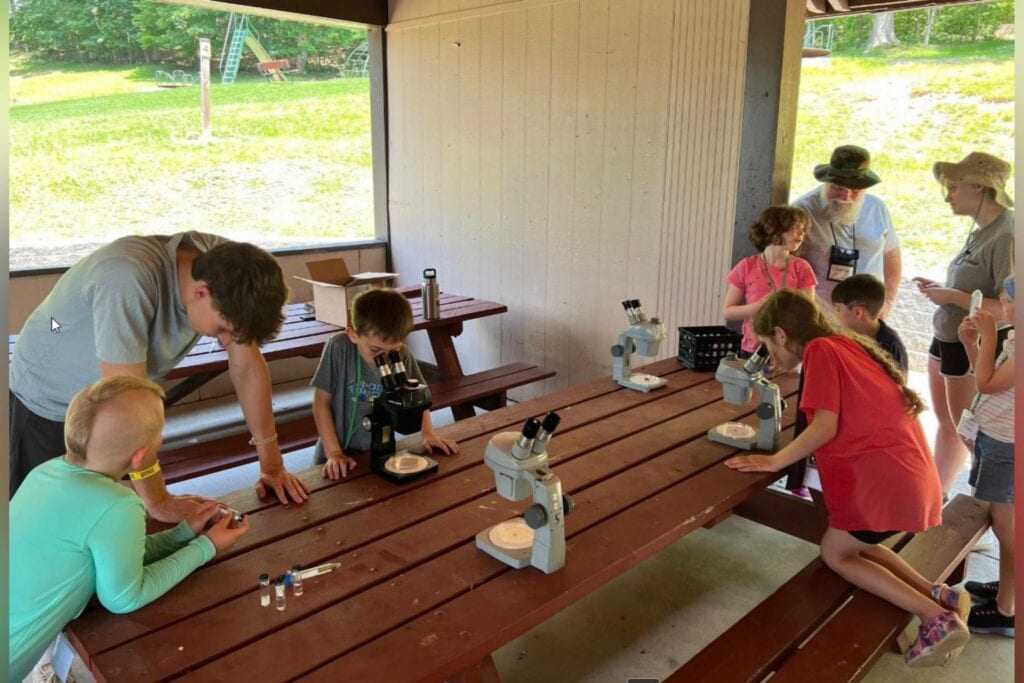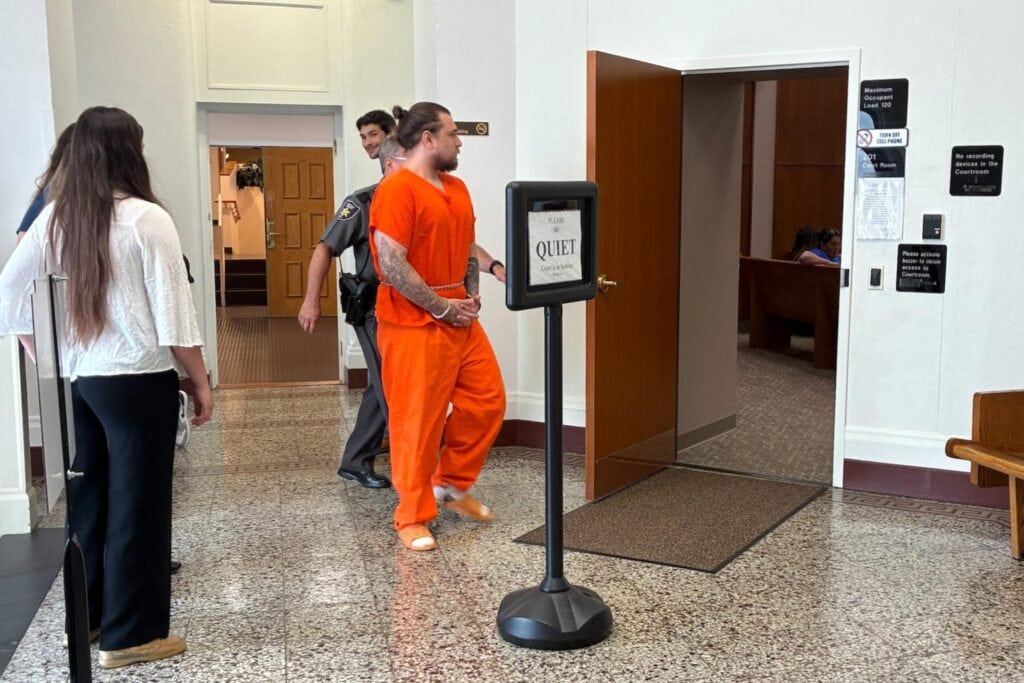MORGANTOWN — Imagine being woken up at 3 a.m. to navigate a corn maze, memorize 20 items on a shopping list or pass your driver’s test.
According to a new analysis out of West Virginia University, that’s often what it’s like to be a rodent in a biomedical study. Mice and rats, which make up the vast majority of animal models, are nocturnal. Yet a survey of animal studies across eight behavioral neuroscience domains showed that most behavioral testing is conducted during the day, when the rodents would normally be at rest.
“There are these dramatic daily fluctuations—in metabolism, in immune function, in learning and memory, in perception—and by the large, they get ignored,” said Randy Nelson, who led the study. “You just have to wonder: to what extent is that affecting the outcomes?”
Nelson chairs the School of Medicine’s Department of Neuroscience and directs basic science research for the Rockefeller Neuroscience Institute.
His findings appear in Neuroscience and Behavioral Reviews.
Nelson and his colleagues—RNI researchers Jacob Bumgarner, William Walker and Courtney DeVries—examined the 25 most frequently cited papers in each of eight categories of rodent behaviors: learning and memory, sensation and perception, attention, food intake, mating, maternal behavior, aggression and drug seeking.
For each study, they determined whether the behavioral testing was done during the day, at night, or both. They also identified which studies reported time-of-day information ambiguously or not at all.
Overall, only 20% of the studies reported nighttime testing. Seventeen percent reported daytime testing, and 7.5% reported both. The remainder of the studies either didn’t mention when testing occurred (42%) or were ambiguous on that point (13.5%).
Even among the studies conducted at night, most didn’t describe in detail how the authors protected the rodents’ circadian rhythms. For example, at what times did the researchers observe the animals? Did they house the animals in the dark during the day? If so, how did they keep extraneous light from invading the room every time someone opened the door or turned on a hallway light? In most cases, it’s impossible to tell from the methods section.
Yet recording this kind of information is crucial to a study’s reproducibility. Without knowing how an experiment was run the first time, other scientists can’t run it again to see if they get different results. And running experiments multiple times—under different conditions—is the basis of all scientific inquiry.
“We want to make sure everyone’s conducting and reporting the best science they can do,” Nelson said. “This is important because, in common with the NIH, we want to improve the rigor and reproducibility of science.”
Failing to account for time of day doesn’t just jeopardize an animal study’s reproducibility. It can also make its results less applicable to humans.
Being diurnal, humans tend to be active when the sun is up and rest when it’s down. That’s the opposite of the nocturnal rodents that scientists common use in biomedical studies. If the scientists disregard this discrepancy, it can reduce the value of their data when they try to extrapolate their results to humans.
“If you’re testing a mouse during the middle of its active period, which is during the dark, you can translate those data to a diurnal creature who’s active during that time,” Nelson said. “I think that’s fine.”
But in the light, a mouse’s daytime behavior is less comparable to a person’s.
“It’s like waking you up at 3 in the morning and saying, ‘OK, let’s walk a tightrope,’ and then you’re no good at it,” he said. “Well, what a surprise.”
So, how can a diurnal, human researcher design and carry out a study of nocturnal rodents when their circadian rhythms naturally conflict?
One step she can take is to reverse the rodents’ light/dark cycle by housing the animals in total darkness during the day and turning on the lights at night. This way, she and her colleagues get to observe the animals during their active phase—under simulated “nighttime” conditions—without driving to the lab at midnight.
When researchers check on the animals in the daytime, they can do so under dim red lighting instead of regular, white lighting. To complete the effect, windows can even be tinted with a red film. Rodents can’t see red light, so it won’t disrupt their circadian rhythms.
Some labs come equipped with red overhead lighting, but even if researchers can’t access such a space, there are ways around the problem.
“You can use a miner’s light with a little, red light in it,” Nelson said. “That works really well.”
Night-vision goggles are another option.
In any event, recording these measures—in detail—is key.
“The goal of this paper is to make sure that we raise consciousness about it in the same way that people raised consciousness about sex as a biological variable that’s important,” Nelson said. “Everybody knows it, but—as a group of biomedical researchers—we ignore it. And if you ignore it, then can you really translate those data on a nocturnal animal to a diurnal animal when you’re testing at the wrong time of day?”
Read the study’s abstract here.













